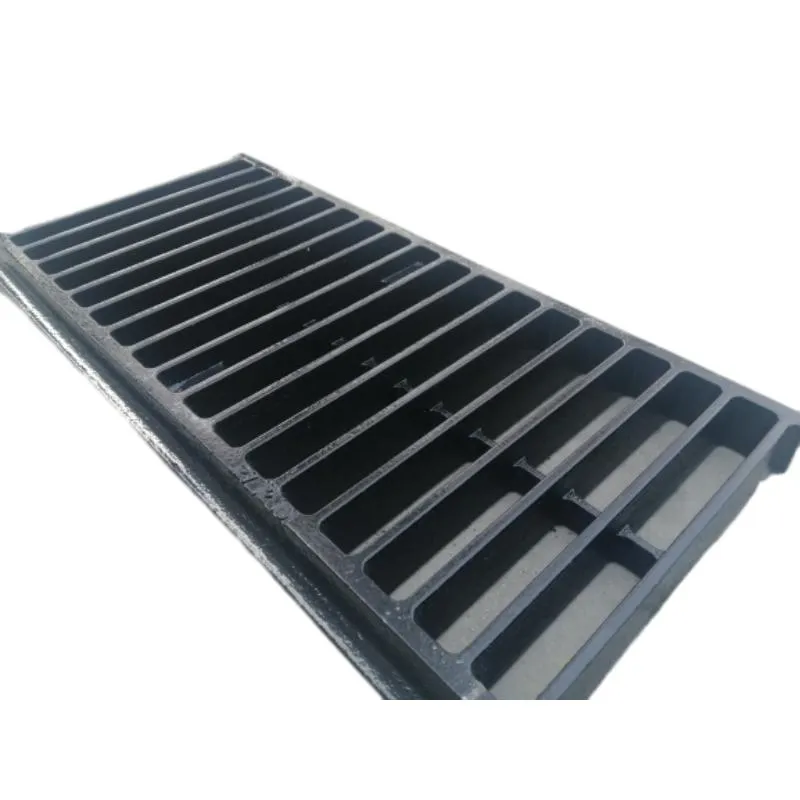lever operated butterfly valve
Lever Operated Butterfly Valve An Overview
Butterfly valves are integral components in numerous fluid control applications across various industries, renowned for their simple design, reliability, and efficiency. Among the different types of butterfly valves, the lever-operated variant offers a unique combination of ease of use and mechanical advantage, making it a preferred choice for many engineers and operators.
Understanding the Butterfly Valve
A butterfly valve consists of a disk or a slice that rotates on a shaft, allowing or restricting the flow of media through a pipe. The simple mechanism of the butterfly valve makes it lightweight and compact compared to other valve types, such as gate or globe valves. This makes butterfly valves ideal for applications where space is at a premium.
The lever-operated butterfly valve is particularly notable for its ease of operation. It uses a lever arm connected to the valve shaft which allows for quick and efficient opening and closing of the valve. This mechanism is especially beneficial in situations where the valve needs to be operated frequently or when quick responses are required.
Advantages of Lever Operated Butterfly Valves
1. Simplicity and Speed The lever mechanism provides direct control over the valve position, enabling operators to open or close the valve rapidly. This is crucial in emergency situations where time is of the essence.
2. Cost-Effectiveness Lever-operated butterfly valves are generally more affordable than other valve types due to their straightforward design and manufacturing process. This aspect makes them an attractive option for budget-conscious projects.
3. Compact Size These valves occupy less space than many other valve designs, facilitating easier installation in confined areas. Their lightweight nature ensures that they do not require heavy-duty supports, thus reducing overall installation costs.
4. Versatile Applications Lever-operated butterfly valves can be found across various industries, including water treatment, HVAC systems, chemical processing, and food and beverage manufacturing. Their ability to handle both liquids and gases further broadens their usability.
lever operated butterfly valve

5. Reduced Maintenance The design of butterfly valves minimizes the number of moving parts, leading to fewer chances of mechanical failure or wear over time. This translates to lower maintenance requirements and longer service life.
Operating Principle
The operation of a lever-operated butterfly valve is intuitive. By pulling or pushing the lever, the operator directly interacts with the valve's shaft, rotating the disk to either allow or block flow. The position of the disk (parallel or perpendicular to the flow) determines the flow rate. Lever-operated valves typically include clear markings indicating the open and closed positions, enabling quick visual confirmation of valve status.
Considerations for Use
While lever-operated butterfly valves boast numerous advantages, there are some considerations to keep in mind
- Torque Requirements Depending on the size and design, some lever-operated valves may require significant force to operate, particularly in high-pressure applications. Engineers must assess the torque needed to ensure that operators can handle it safely.
- Non-Throttling Service Butterfly valves are generally not suitable for throttling applications as partial closure can lead to turbulence and wear. For applications requiring flow regulation, other valve types may be more appropriate.
- Temperature and Pressure Limits Different materials and designs of lever-operated butterfly valves have specific pressure and temperature tolerances. Selection must ensure compatibility with the application's operational conditions.
Conclusion
Lever-operated butterfly valves represent a critical component in fluid control systems, balancing simplicity and efficiency with functionality. Their ease of use, compact design, and versatility make them a valuable choice for a variety of applications. However, careful consideration of operating conditions and application requirements is essential for optimal performance and longevity. As industries continue to evolve, the demand for reliable valve solutions, such as lever-operated butterfly valves, is expected to remain robust, contributing to efficient fluid management worldwide.
-
The Smarter Choice for Pedestrian AreasNewsJun.30,2025
-
The Gold Standard in Round Drain CoversNewsJun.30,2025
-
The Gold Standard in Manhole Cover SystemsNewsJun.30,2025
-
Superior Drainage Solutions with Premium Gully GratesNewsJun.30,2025
-
Superior Drainage Solutions for Global InfrastructureNewsJun.30,2025
-
Square Manhole Solutions for Modern InfrastructureNewsJun.30,2025
-
Premium Manhole Covers for Modern InfrastructureNewsJun.30,2025
